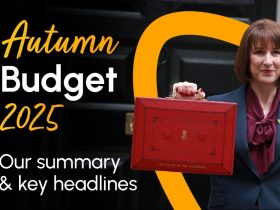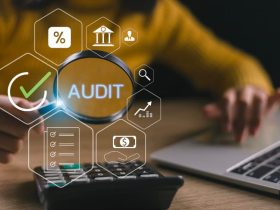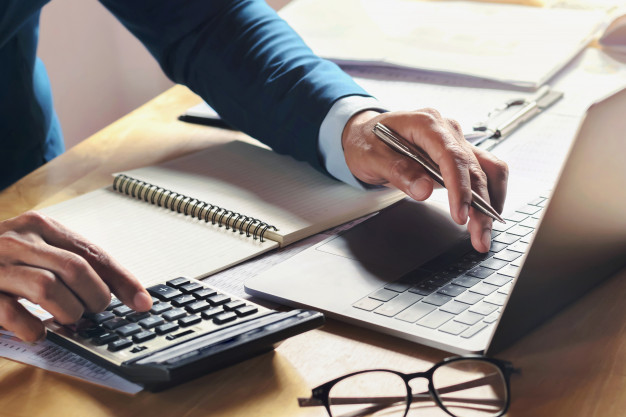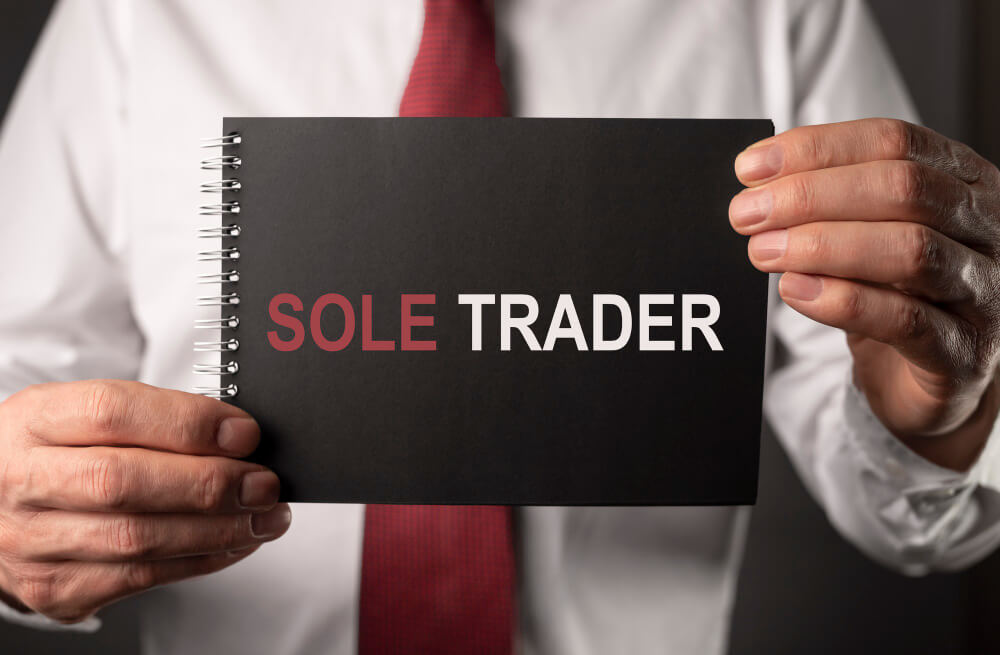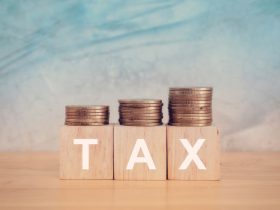You might have seen that the price of a specific product changed from what it was a decade ago. When you compare the prices, you will find a price rise.
This phenomenon is known as inflation, and it can be the outcome of numerous events. For example, an increase in demand for the product, a rise in production costs, an excessive supply of money in the market, etc. We will learn more about inflation from this blog post.
Table of Content
What is Inflation?
Inflation refers to the situation of a country where the prices of commodities rise across the economy over time. This reduces the purchasing power of both businesses and consumers.

For example, purchasing a cup of coffee in 1980 may have cost you 20p, which is now nearly £2. It means for £6, you will get three cups of coffee now, but in 1980, you could’ve bought 30 cups of coffee.
This is what we call inflation, and the price isn’t just for coffee or tea but for the entire food and beverage sector and, ultimately, the UK’s economy.
It means any unit of currency can buy less than it could do before due to inflation. The good news is that inflation decreases, and the prices either fall a little or increase slowly over time. But, if the inflation rate remains constantly high, it devastate the economy.
You can measure inflation in different ways, but one commonly used measure is the consumer price index (CPI), which focuses on the changing costs of some of our favourite commodities.
What are the 4 types of inflation?
You know, during inflation, the cost of goods and services increases, and your purchasing power decreases. But this isn’t the end, as there are 4 types of inflation that you must know.
1. Creeping inflation
When the prices of commodities increase slowly and rise by 3% annually or less, it is known as creeping inflation or mild inflation. This kind of inflation is usually beneficial for the economy as it creates demand for a product among the consumers.
When you know that your skincare products will increase next year, you will try to stock them early to avoid paying higher prices. This makes companies earn more and, in turn, benefits the country’s economy.
2. Walking inflation
When the inflation rate is between 3% to 10% annually, we call it walking inflation. This is a little harmful to the economic conditions of a country.
It is because people start buying more and more of those goods to avoid future price rises, which affects the entire supply chain. After a time, suppliers fail to supply the required goods, and demand keeps increasing, leading to price rises.
3. Galloping inflation
If the government fails to check creeping and walking inflation, the inflation rate goes above 10%. We call this galloping inflation, where a country’s currency loses its value in the global economy.
At this point, your income or salary won’t be able to keep up with the considerable price rise, leading to instability of the country’s overall economy.
4. Hyperinflation
Finally, hyperinflation is when the inflation rate is totally out of control and can be nearly 50% per month. This usually happens when the monetary authorities fail to do their tasks or print money for wars, and inflation reaches its last stage. Recent examples of hyperinflationary economies includes Zimbabwe and Turkey.
Causes of Inflation
Inflation mostly happens when the government increases the money supply. But numerous other economic reasons cause inflation, and we have listed a few.
1. Demand-pull effect
You can see demand-pull inflation when the demand for goods and services increases rapidly, and suppliers fail to meet the required supply.
This usually happens when people have vast amounts of money, resulting in increased spending. An increase in demand for a product in the market will create a demand-supply gap, resulting in increasing product prices.
2. Cost-push effect
Cost-push inflation is the outcome of increased production costs leading to a rise in the price of goods and services.
When the production price of a commodity increases, the cost at every intermediate level of producing a product increases. Production costs may rise for several reasons, such as increased raw materials costs, labour wages, etc.
3. Deficit induced inflation
When government expenditure goes above their revenue, the budget reflects a deficit. To fill this expense-revenue gap, the government usually asks central banks to print additional money, and any price rise during this period results from deficit-induced inflation.
4. Built-in inflation
This occurs when people expect the current rate of inflation will continue in the future, and they need to increase income to keep up with the price rise.
They demand more wages to maintain their standard of living. This directly impacts production costs and leads to an increase in the price of goods and services.
What are the effects of inflation on economy?
Inflation is not always a curse for the economy. People owning property, stocked commodities, and other tangible assets like inflation as it increase the price of these products, which they can sell at increased prices.
It benefits the producers as they can experience better profits since products are sold at higher prices.
Similarly, investors and entrepreneurs can receive better returns on their risky investments during inflation.
On the other hand, as production increases to meet the rising consumer demands, employment opportunities increase, and people can make better incomes.
However, there are certain unfavourable impacts of inflation, such as the fixed-income group experiencing a fall in income, inequality in income distribution increases, and a negative effect on capital accumulation.
People with cash or bonds at home may not like inflation as their real value falls during such times.

Conclusion
If you are concerned about how inflation can affect your business and how to combat such situations, you can speak to an expert. They have the knowledge and skills to handle such situations and find solutions to save your business.

